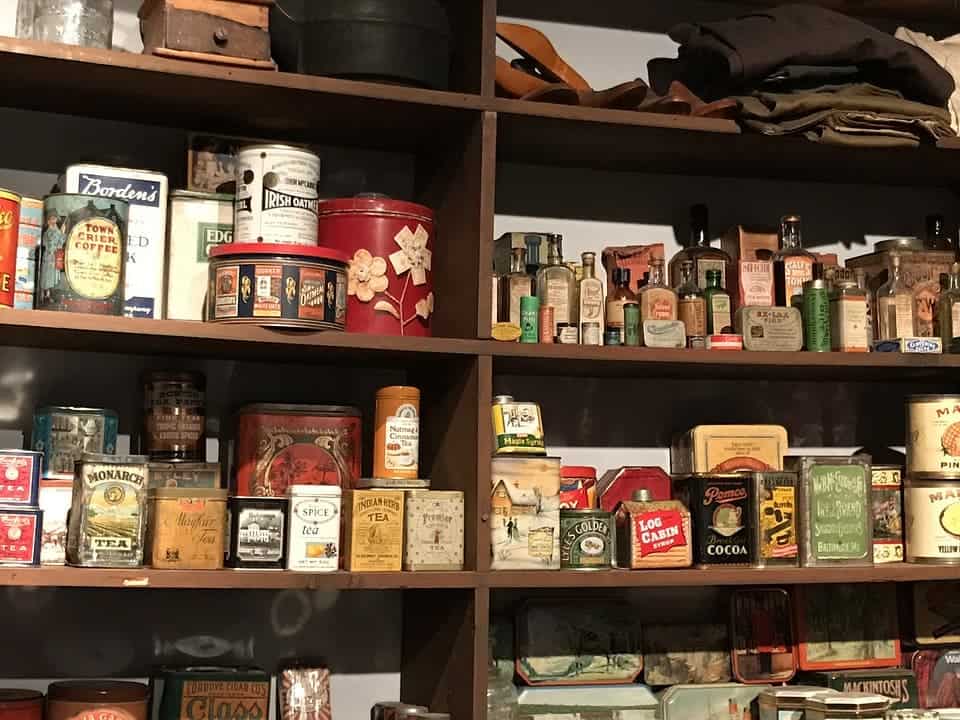The way shops advertise different types of food can have a big impact on the quality of your diet — but only if we let them, a new paper from the RAND Corporation shows. The researchers found that while more frequent shopping at convenience and neighborhood stores was associated with a higher intake of added sugars, individual social and demographic factors were nearly twice as powerful in predicting diet quality.
The role shops play in shaping the U.S diet has long been under debate, especially in the context of the nation’s rising rates of obesity. Establishing new stores in food deserts (areas that do not have easy access to full-service supermarkets and the wider range of healthy food they carry) was thought to be enough to improve the quality of what people eat, but new research from the nonprofit RAND Corporation challenges this notion and puts dietary education on the list of priorities.
The study found that sociodemographic factors had the strongest association with the types of food people consumed. It surveyed 1,372 households in areas considered to be food deserts throughout 2011, gathering data about consumption of sugar-sweetened beverages, added sugars, discretionary fats, fruit and vegetables, food shopping patterns, and other dietary habits.
To determine the residents’ range of choices in foodstuffs, the team audited 24 local food stores in the study area and 14 from outside the area where residents reported doing their major food shopping. Both groups included outlets such as convenience stores, wholesale clubs, supermarkets, and fruit and vegetable stands. They were then rated on their ‘healthiness’: unhealthy stores had unhealthy food dominating the view from the main entrance and had more displays promoting unhealthy food rather than healthy food. For the most part, it held convenience stores, neighborhood stores, and dollar stores. Moderately unhealthy stores included discount grocery stores, supercenters, and wholesale clubs. Healthy stores included full-service supermarkets, specialty grocery stores, and fruit and vegetable shops. But even some of the healthy stores prominently displayed unhealthy food, according to the team.
The young and reckless
- They found that social and demographic factors were almost twice as important in determining someone’s diet than their usual shopping spots — being younger and male was associated with more intake of sugar-sweetened beverages, added sugars, and discretionary fats.
- Lacking a college degree was significantly associated with greater consumption of sugar-sweetened beverages and discretionary fats, and lower fruit and vegetable consumption.
- Receiving Supplemental Nutrition Assistance Program benefits was significantly associated with greater consumption of added sugars.
- Being older and male, especially for those having a college degree, upped the chance of eating more fruits and vegetables.
“Our findings suggest that interventions that focus on modifying the food retail environment by opening more stores that sell healthy food will have relatively little impact on reducing consumption of unhealthy food,” said Christine Vaughan, lead author of the study and a behavioral scientist at RAND.
“Instead, strategies designed to modify the choices people make about food stand a better chance of reducing consumption of unhealthy foods.”
That’s not to say that the shops themselves don’t play a part in diet. More frequent shopping at convenience stores significantly increased the quantity of added sugars in participants’ diets, while buying food primarily from neighborhood stores predicted greater intake of sugar-sweetened beverages and discretionary fats. Buying more food at supercenters was significantly associated with greater intake of discretionary fats. Shopping more often at specialty grocery stores was linked to greater consumption of fruits and vegetables.
“While both the food shopping environment and sociodemographic characteristics were associated with eating more unhealthy food, the personal characteristics were more important,” said Tamara Dubowitz, co-author of the study and a RAND senior policy researcher.
“This work suggests we need to do more than just trying to eliminate food deserts. We need strategies that can encourage healthy eating and discourage unhealthy eating.
The team says that we need targeted interventions aimed at improving the choices individuals from those critical sociodemographic backgrounds — in other words, education. They also highlight the importance of policy in the issue, saying officials should consider strategies that previous research has shown will change the lay of shopping environments, such as imposing taxes on sugary beverages or limiting the display of unhealthy foods in stores.
The full study “Does where you shop or who you are predict what you eat?: The role of stores and individual characteristics in dietary intake” has been published in the journal Preventive Medicine.










